Turnip
Turnips, also known as white turnips, are a kind of root vegetable. It is also called as “neep” in n northern part of England and Scotland. This word also refers to rutabaga root crop that is called “swede”, deriving its origin from “Swedish turnip”.
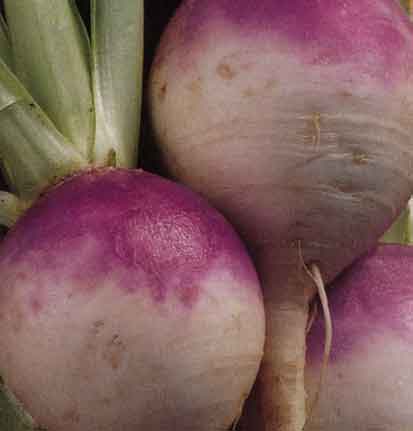
Turnip
Table Of Content
This vegetable is a rich source of all the vitamins. Its vitamin C content deserves special mention. Read the article below to know details about this nutritious and delicious root vegetable.
Description
Read a detailed description of this nutritious root crop to identify it rightly.
Color: The inner flesh of the vegetable is white. The outer skin color varies from purple to pink to red. The skin color of the root bulb depends on the amount of sunlight it receives.
Shape: It is conical in shape but sometimes this vegetable also comes in rotund shape.
Weight: This root vegetable weighs up to about maximum 1 kg.
Size: It roughly varies between 5 and 20 cm in diameter. Tap root of turnip is very thin, which is about 10 cm in length.
Taste: The leaves of turnip taste like mustard. The root vegetable has a mildly pungent flavor with a tinge of bitter sweetness.
Distribution
This nutritious vegetable is suitable for most types of climates, thus it is widely grown in most part of the world. But most of all it grows in temperate zones.
History
Turnip is one of the earliest vegetables that were religious cultivated and even its hybrids were produced since ancient days. It is believed to have originated in Near East. Ancient documents suggest that Greeks and Romans were very fond of this root crop. Since discovery of potato, turnip lost a bit of its popularity in European countries, but is still grown widely.
This vegetable was introduced to the Americans by the European colonists and settlers during the early era of colonial culture. Soil of the southern region of North America was specifically very fertile for turnip and thus was cultivated there in vogue. Eventually it became an important part of daily diet of the African-Americans. Another reason for the popularity of this vegetable amongst this race was the easy and cheap availability of it during the days of slavery. The slave owners consumed the root vegetable and gave the turnip greens for the slaves.
Nutritional Facts
Find out detailed account of nutrition contained in per 100 g of turnip.
| Nutrients | Amount |
| Carbohydrate | 6.43 g |
| Energy | 28 Kcal |
| Total Fat | 0.10 g |
| Protein | 0.90 g |
| Dietary Fiber | 1.8 g |
| Cholesterol | 0 mg |
| Vitamin K | 0.1 mcg |
| Vitamin E | 0.03 mg |
| Vitamin C | 21 mg |
| Vitamin A | 0 IU |
| Thiamin | 0.040 mg |
| Riboflavin | 0.030 mg |
| Pyridoxine | 0.090 mg |
| Pantothenic Acid | 0.200 mg |
| Niacin | 0.400 mg |
| Folates | 15 mcg |
| Potassium | 233 mg |
| Sodium | 39 mg |
| Zinc | 0.27 mg |
| Manganese | 0.134 mg |
| Magnesium | 11 mg |
| Iron | 0.30 mg |
| Copper | 0.085 mg |
| Calcium | 30 mg |
| Lutein-zeaxanthin | 0 mcg |
| Carotene-α | 0 mcg |
| Carotene-ß | 0 mcg |
Nutritional value of turnip green:
| Nutrients | Amount |
| Calcium | 137 mg |
| Vitamin K | 368 μg |
| Vitamin C | 27 mg |
| Folate (vit. B9) | 118 μg |
| Vitamin A equiv | 381 μg |
| Protein | 1.1 g |
| Fat | 0.2 g |
| – Dietary Fiber | 3.5 g |
| Carbohydrate | 4.4 g |
| Energy | 20 Kcal |
Health Benefits
Turnip, being a starchy vegetable, is a very healthy vegetable with all the essential nutrients, making it a natural remedy to many health problems as well as nourishing overall health.
- This root vegetable is a very good anti-inflammatory that checks growth of asthma symptoms.
- The vitamin C component of this vegetable also protects from various diseases like scurvy, etc.
- Studies have shown that the nutrients in this root vegetable fights against rectal cancer and colon tumors.
- Both the turnip root and green are high in anti-oxidants that decelerate free radicals in our body.
- By discouraging the free radicals it keeps our body from developing atherosclerosis and thus do not let the blood vessels get damaged.
- Turnip greens are high in vitamin C and help fight against deteriorating lungs condition due to excessive smoking.
- It helps in maintaining health of lungs in general as well.
- Nutrients in this vegetable help in fixing bones joint damages.
- Regular consumption of turnip lowers chances of osteoporosis.
- It also lowers chances of Rheumatoid Arthritis.
- The nutrients contained in turnip help in production of connective tissue inside the body.
- Regular consumption of this vegetable decreases chance of cognitive deterioration.
- Eating this root crop boosts up body immunity.
- It helps in maintaining a healthy metabolism.
- Including turnip in daily diet proves to be good for eye sight, hair growth, healthy skin and healthy liver.
- It also helps in maintaining proper functioning of nervous system.
- Turnips help maintaining blood pressure level.
- It also maintains fluid balance in the body.
- Eating turnips will surely improve the digestion.
- Since this root crop is low in calories, so it is good for those who are checking calorie intake in their diet.
- It also improves over all cardio-vascular condition.
Side Effects
No chronic side effect of consuming this vegetable has been reported. People who are allergic to any of the nutrients of turnip should consult expert suggestion before eating it.
During Pregnancy
Eating turnips during pregnancy is absolutely safe. Just in case of any complication please consult a doctor. Sometimes, due to hormonal changes in the body in the pregnancy period women might experience many conditions that they never had before.
Growing
Turnip grows in well drained, deep sandy loam and very rich soil. It needs full sun to stay healthy. The plant needs to be watered regularly but the water logging should be checked. It matures in about 60 to 85 days.
Uses
This nutritious root crop has many edible and medicinal uses given its innumerable health benefits.
Edible Use
Both the root vegetable and the green leaves of turnip are eaten. Various recipes across the world are prepared from the vegetable and the green.
Medicinal Use
As a rich source of vitamin C, this vegetable is advised in staple diet while recovering from any ailment. It works well for the health while suffering from common cold and cough.
Other Uses
A variety of turnip is grown which is larger in size than normal turnips. This larger version is used to fee the livestock.
Recipes
Turnips are eaten in various forms around the globe.
- Raw turnip is mixed in salads.
- Both the root and the greens are boiled and eaten.
- The vegetable is cooked in stews.
- The greens and the vegetable are both cooked in various spicy and non-spicy curries in various cultures.
Availability
Turnips are available in all grocery and vegetable markets in every part of the world. They are even available canned or fresh in online markets.
Storage
Detach the greens and the roots and store them separately for longer refrigerated life. Put them in plastic bags and evacuate air from the bags. Then store the plastic packs in fridge where they can be saved up till 4 days.
Pictures
See pictures of this nutritious root vegetable below.
Reference:
http://www.nutrition-and-you.com/turnips.html
http://en.wikipedia.org/wiki/Turnip#Cultivation
https://www.medicalnewstoday.com/articles/284815
https://www.healthline.com/nutrition/turnip-nutrition
http://www.livestrong.com/article/408477-the-health-benefits-of-turnips/
http://usagardener.com/how_to_grow_vegetables/how_to_grow_turnips.php
- by anwiksha
- September 26th 2012

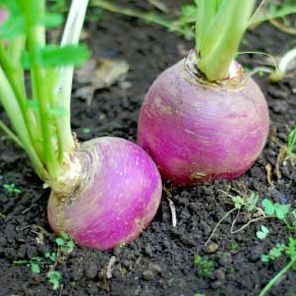
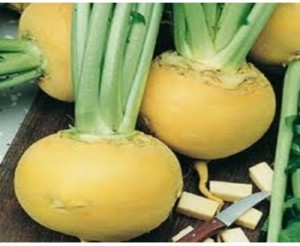


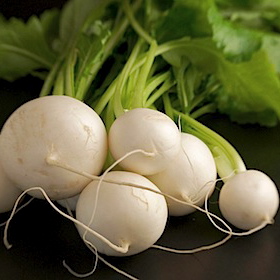
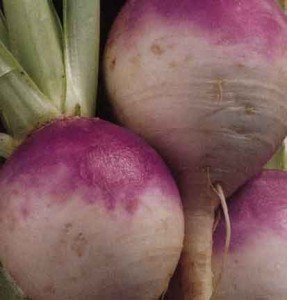
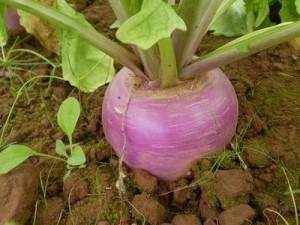
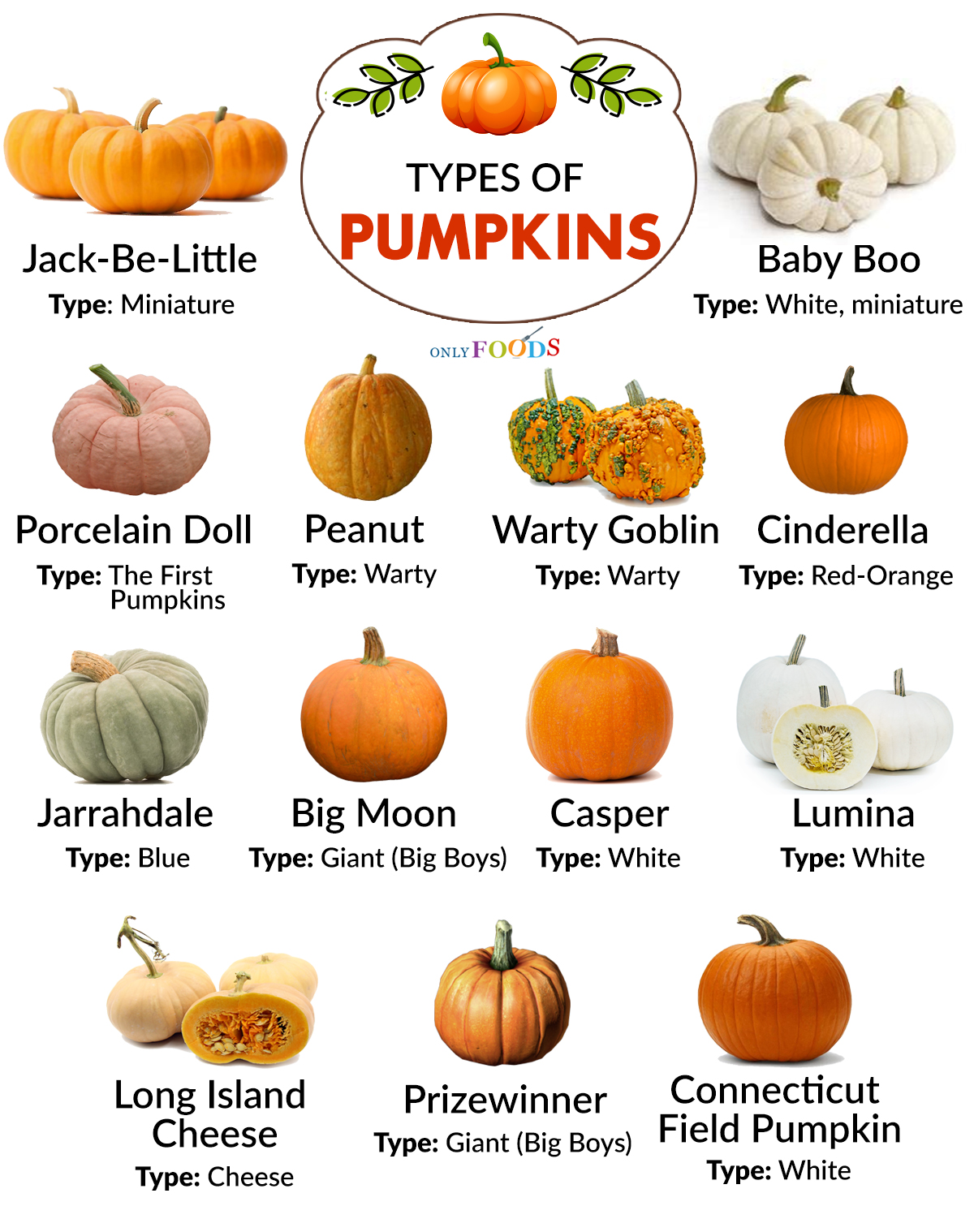
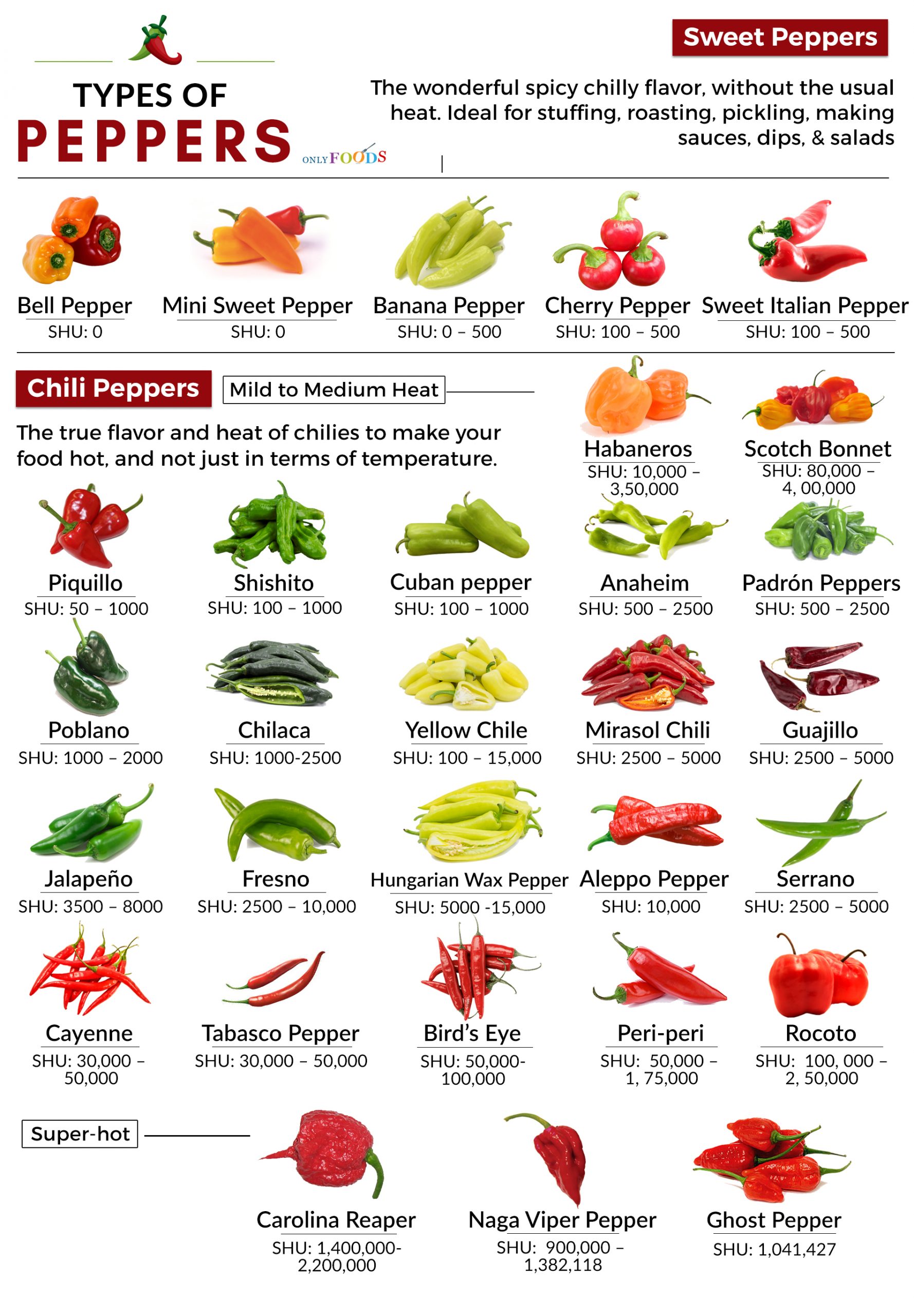
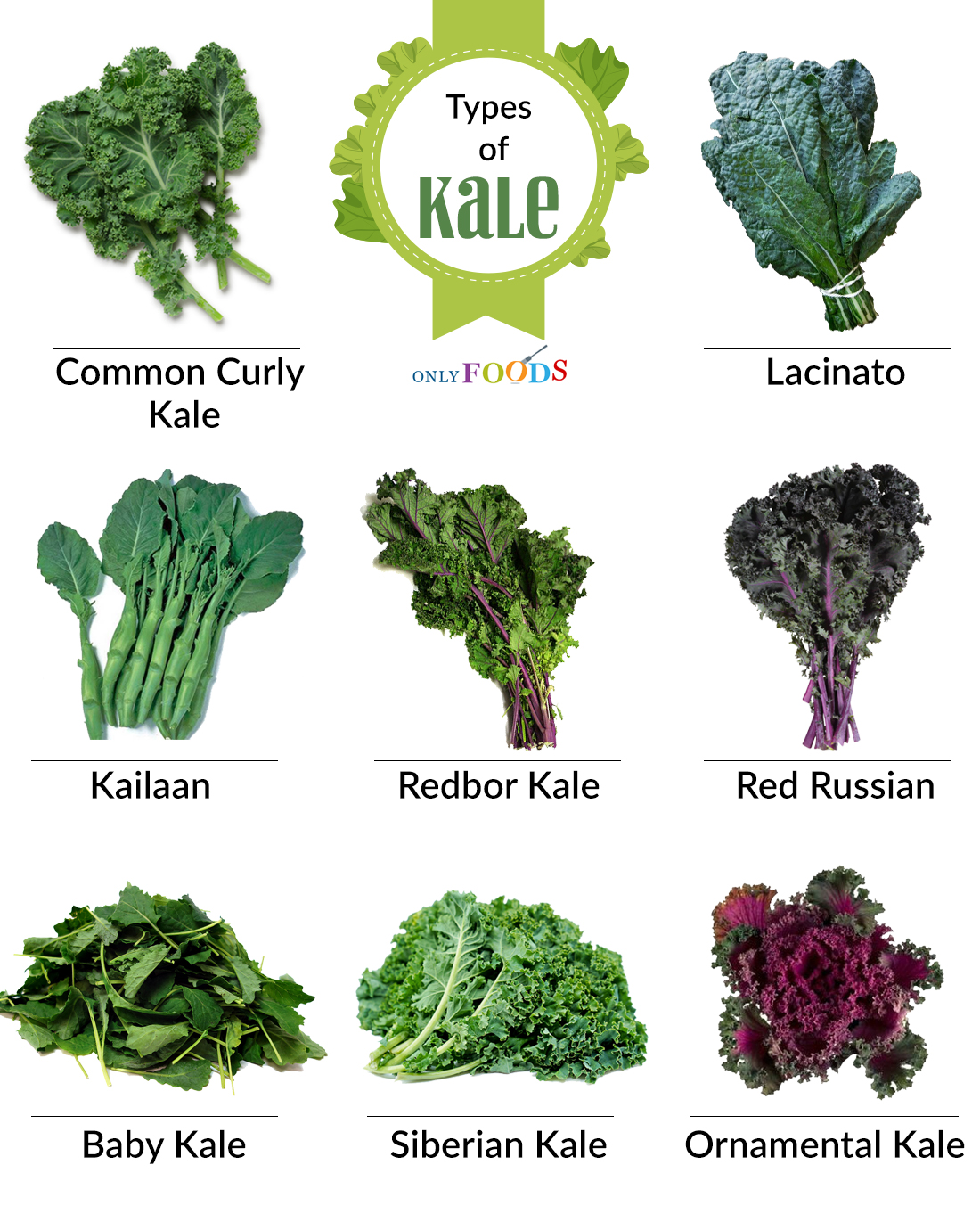
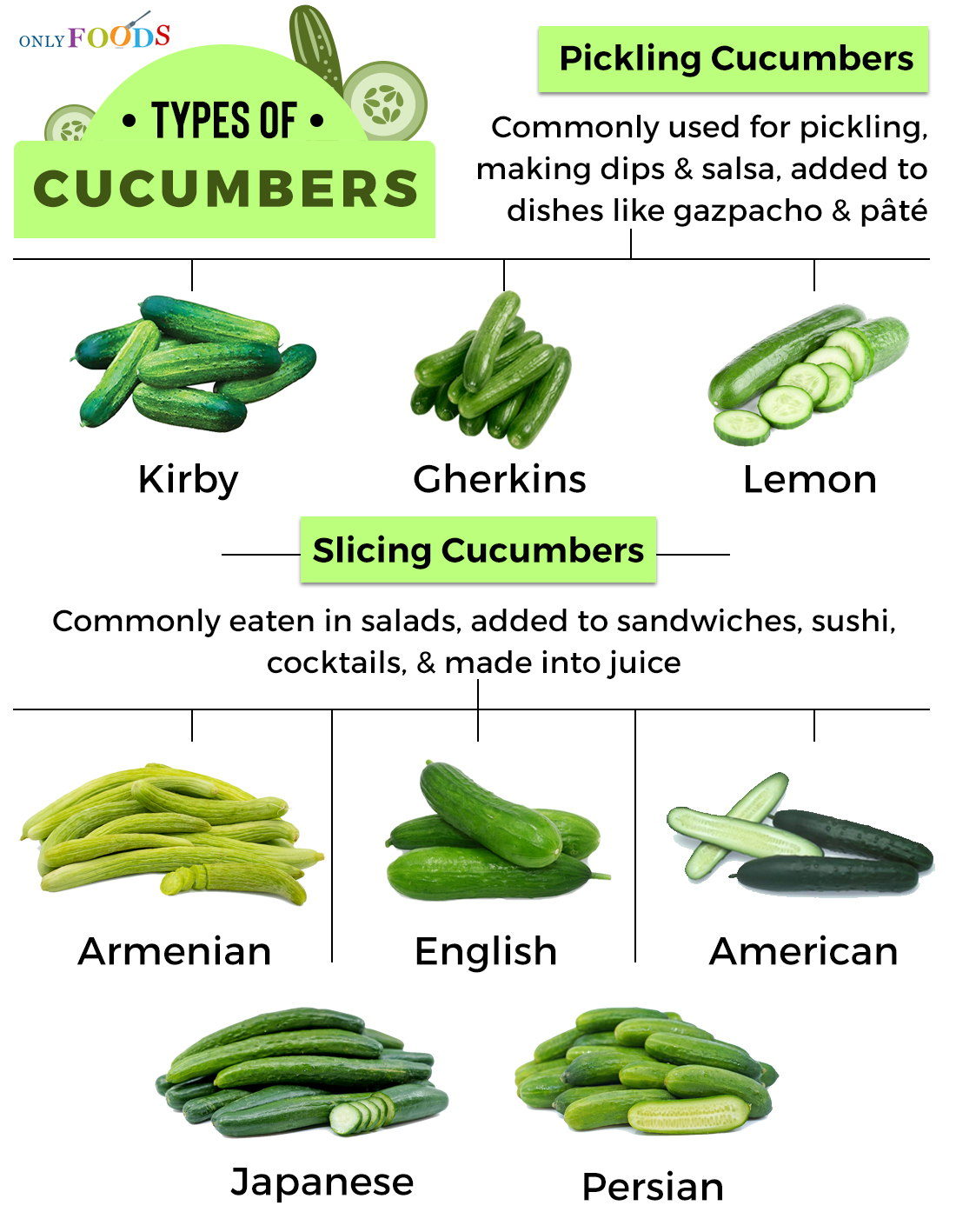


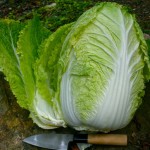

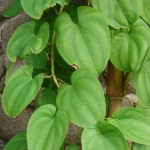
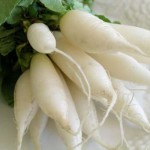
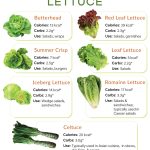

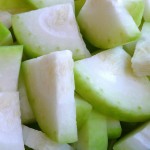
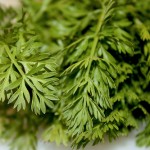





Leave a Reply